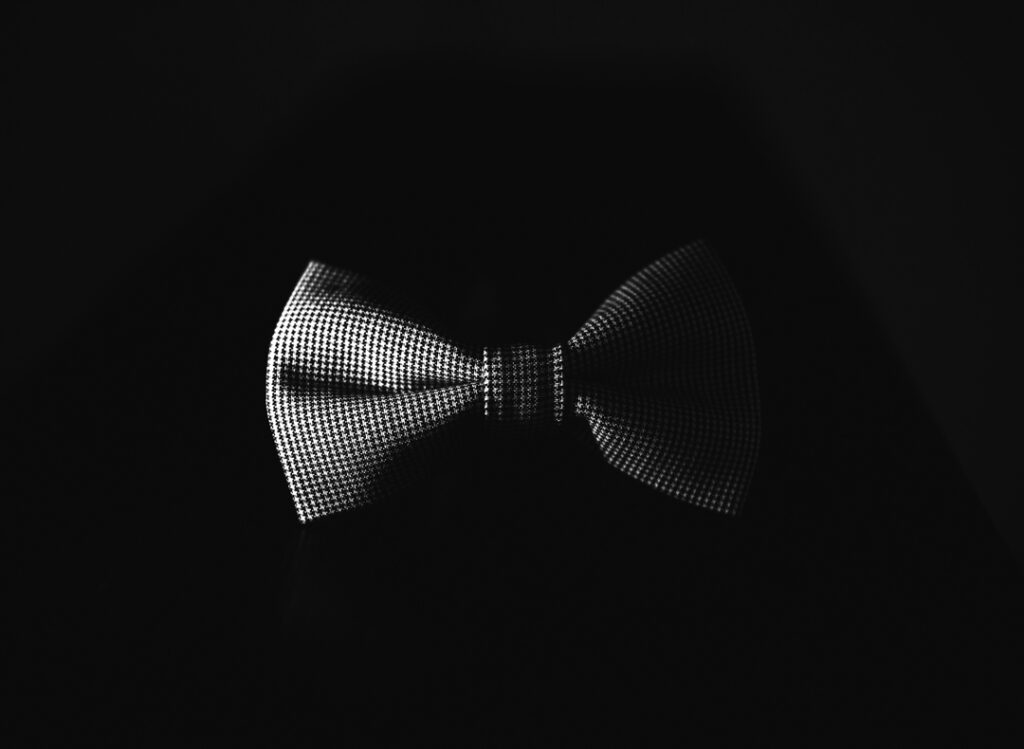The Elbert Files: Fighting fires with ‘magic water’

“Magic water” is what Shawn Mullen calls the fire-suppressing chemical Novec 1230.
To demonstrate, he unscrews a brown bottle and pours several inches of the clear liquid into a large glass jar.
First, he drops his cellphone into the jar. It continues to operate, he explains, because Novec 1230 is nonconductive. Unlike water and most other liquids, it does not conduct electricity. To demonstrate, he places a call to the cellphone. It rings and vibrates, even though it is fully submerged.
Nor will “magic water” affect ink on paper, Mullen says as he scribbles with a Magic Marker on a Post-it note and drops it into the jar. Several seconds later, he retrieves the note. The ink has not smeared or smudged, and the sticky part of the Post-it is still sticky.
Next, he asks me to stick my hand in the jar and feel the temperature. It is slightly cooler than the air, but by no means uncomfortable.
Finally, Mullen lights a match and slowly moves it toward the jar opening. As soon as the flame reaches the opening, it goes out.
Novec 1230 acts like a heat sink, he explains, so that combustion cannot occur. When the match is placed over the jar, the Novec 1230 gas that has collected above the magic water dissipates the heat to a point where combustion of the match ceases.
If you haven’t guessed by now, Mullen’s business, Protex Central Inc., sells and manages fire-suppression systems.
Scientists at 3M created Novec 1230 a decade ago as part of an effort by major chemical companies to find a new generation of fire-suppressing chemicals.
Something new was needed, he explained, because the fire-suppressant gases developed during and after the 1960s had drawbacks.
In fact, scientists said that emissions from the early gases were damaging Earth’s ozone, the protective layer of atmosphere surrounding the planet that filters out the sun’s ultraviolet radiation.
A precursor to Novec 1230 was developed by 3M as a nonconductive cleaner for printed electronic circuit boards, Mullen said.
Then, he said, “scientists at 3M realized that if they tweaked that board-cleaning compound a little bit, they could put fires out,” he said.
The new product they created, Novec 1230, proved to be powerful, Mullen said, because not a lot was needed to put out a fire.
It can also be stored as a liquid at room temperature, meaning that it takes up only a fraction of the storage space required for suppressants that are stored as compressed gas.
Nor does Novec 1230 hang around in the atmosphere for decades. “It has an atmospheric lifetime of about five days,” Mullen said, compared with as much as 30 years for other suppressants.
One downside, Mullen said, is cost. The current cost for Novec 1230 is about $30 to $35 a pound, which is many times higher than the pennies per pound cost of more popular suppressants that gained wide market share during the dot-com expansion years of the late 1990s.
But, he said, in more recent years, a growing number of businesses are beginning to recognize the value of Novec 1230, including a major Des Moines law firm, which recently agreed to protect its electronic case files and law library with the compound.
One final magic trick involves what happens when someone breathes Novec 1230. The compound’s molecules are heavier than air, giving it the opposite effect of helium on human voices.
So if you want a deep voice like James Earl Jones, put your nose over a jar of Mullen’s magic water.











